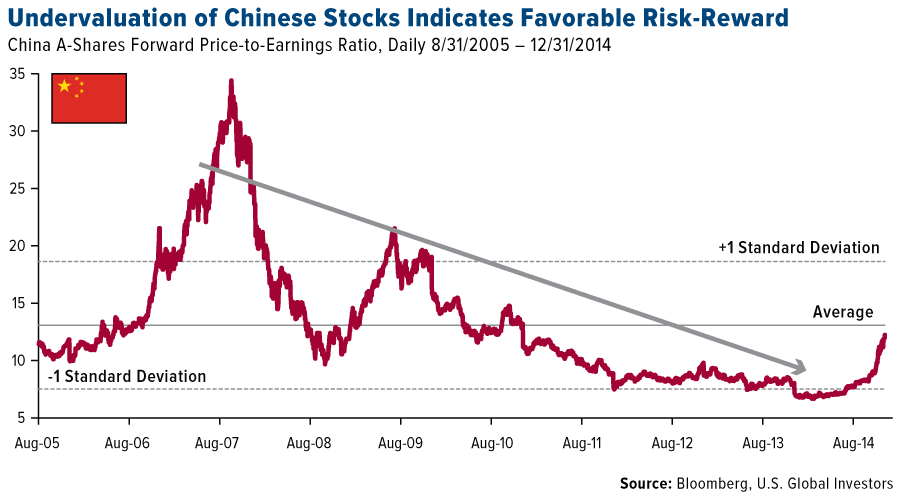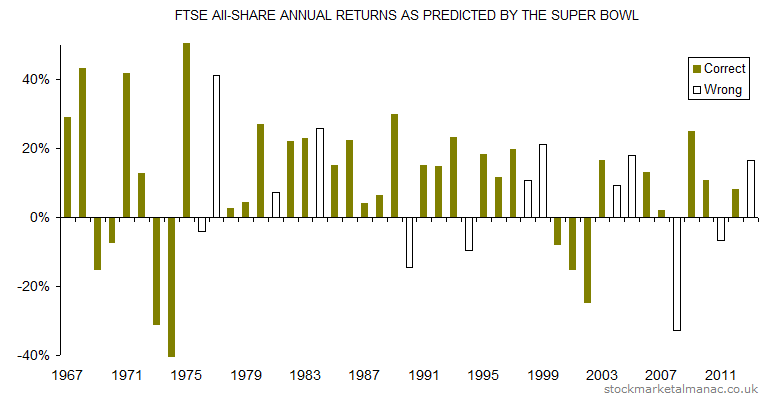WeatherInduced Mood Institutional Investors and Returns
Post on: 15 Июнь, 2015 No Comment

Weather-Induced Mood, Institutional Investors, and Stock Returns
William N. Goetzmann
Yale University
CaseWestern Reserve University
University of Miami
University of Michigan at Dearborn
This study shows that weather-based indicators of mood impact perceptions of mispricing and trading decisions of institutional investors. Using survey and disaggregated trade data, we show that relatively cloudier days increase perceived overpricing in individual stocks and the Dow Jones Industrial Index and increase selling propensities of institutions. We introduce stock-level measures of investor mood; investor optimism positively impacts stock returns among stocks with higher arbitrage costs, and stocks experiencing similar investor mood exhibit return comovement. These findings complement existing studies on how weather impacts stock index returns and identify another channel through which it can manifest.
Weather-Induced Mood, Institutional Investors, and Stock Returns Introduction
A number of recent studies show that weather patterns in major financial centers influence stock index returns and suggest that investor mood influences asset prices. For example, using data from international stock exchanges, Hirshleifer and Shumway (2003) show that stock market returns are higher on days when the weather is sunny, which is presumably when market participants are in a good mood.1 The findings from this finance literature are consistent with evidence in the psychology literature, in that individuals misattribute mood induced by weather as information when making assessments about objects that should be otherwise unrelated (e.g. sunny days with positive assessments about the market).
In this paper, we focus on the economic mechanism through which weather induced mood affects asset prices. In particular, we investigate how mood affects the trading behavior of a group of investors that play a key role in the price formation process: institutional investors. Despite commonly held assumptions about investor sophistication, there is evidence that institutional investors and other sophisticated market participants are also susceptible to cognitive biases.3 Motivated by these findings, we conjecture that weather
patterns would affect the mood of institutional investors, in turn impacting their trading decisions and stock prices congruently. We test this conjecture using financial data from multiple sources that are matched to ZIP code-level weather station data.

Similar to previous studies,weuse deseasonalized cloud cover as our investor mood proxy. In addition, we use survey data from theYale International Center for Finance that provide institutional investor perceptions on stock market investment. Using the survey data, we are able to construct a variety of measures that capture perceived investor mispricing. We also employ disaggregated data that contain the daily trades of institutional investors. Finally, using weather and institutional holdings data, we construct a novel, stock-level measure of investor mood to assess its impact on individual stock prices. Our ability to observe the locations of investors allows us to precisely measure the weather conditions that they experience at each point in time.
Our findings can be summarized as follows. First, using the survey data, we show that deseasonalized cloud cover increases the likelihood of perceived overpricing in both individual stocks and the Dow Jones Industrial Average (DJIA) among institutional investors. Second, using the trade data, we find evidence consistent with the survey results, showing that institutional investors with lower exposure to deseasonalized cloud cover exhibit a greater propensity to buy. The impact of weather on beliefs and trading behavior is significant both statistically and economically. In particular, a one-standard-deviation increase in deseasonalized cloud cover increases the likelihood of perceived overpricing
by approximately 3%, which represents more than 13% of the sample mean. Further, differences in trade imbalances between investors in the top and bottom 10th percentile in deseasonalized cloud cover represent more than 9% of its total sample variation.
Third, we assess how our stock-level proxy for investor mood relates to individual stock returns. Because U.S. stock ownership is generally dispersed across investors in different locations, tests using cloud cover in a single location to proxy for mood may be biased due to poor identification. Our proxy for investor mood uses institutional investor holdings data to incorporate information about weather conditions faced by different investors in the same stock.We find evidence that the stock-level mood proxy has a strong effect on
the daily returns of stocks associated with higher arbitrage costs. Finally, we document return comovement attributable to the investor mood proxy and find that these patterns are generally short lived.














